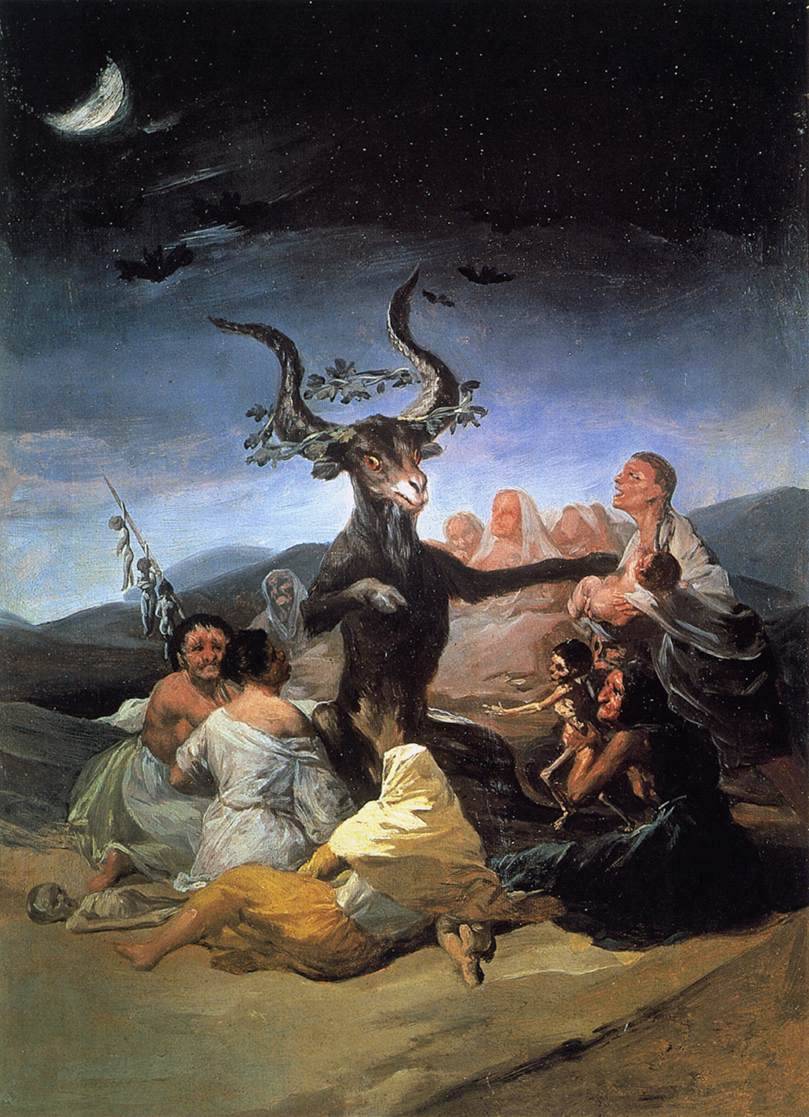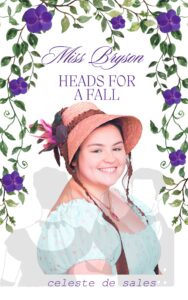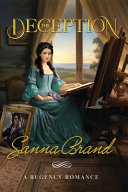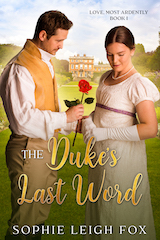“In England we celebrate all hallows eve or nutcrack night as this vigil is called by eating apples and cracking nuts; we disclaim and reject all worship of saints but as they never did us any harm if the apples are good and the nuts sound and we feel inclined to eat them we indulge our taste and kindly suffer the departed worthies to take whatever credit they may think redounds to them from the due performances of these ceremonies.” –The London Magazine, 1826
In an annotated version of Burn’s Halloween, Hamilton Paul (1819) describes Halloween as “thought to be a night when witches, devils, and other mischiefmaking beings, are alz abroad on their baneful, midnight errands; particularly those a’e’rial people-, the Fairies, are said on that night to hold a grand anniversary”
A Hallow’s Eve (Halloween being a contraction of the holiday’s name) was the night before A Hallow’s Day (or All Saints Day to Catholics). Since the Byzantine era, All Saints Day was the celebration of Saints and martyrs with a major feast. In the Catholic tradition, it is followed by All Souls Day (also known as the Feast of All Souls and similar to The Day of the Dead), or a celebration of the faithful departed.
Although the origins of Halloween are commonly thought to be pagan, historians link it to the Celtic festival of Samhain, derived from the Old Irish Samuin meaning “summer’s end” (Halloween wiki). For instance, the tradition of carving jack-o’-lanterns stems from the Samhain custom of carving turnips into lanterns as a way of remembering the souls held in purgatory…immigrants to America chose the softer and more malleable pumpkin with the first record carving of pumpkins is recorded in 1837 and associated more generally with harvest.
Imagery of Halloween, with spooky ghouls and goblins, comes from a variety of sources but was undoubtedly fueled by the cultural obsession with Gothic and horror literature. Many of these tropes had their birth in the Georgian and Regency eras, and would have naturally become affiliated with a holiday devoted to the dead and supernatural. While Gothic literature fueled the imagination, it was, as Burns poem points out, long believed “that on the eve of All Saints the invisible world has peculiar power that witches and fairies and ghosts are all rambling abroad and that there is no such night in the year for intercourse with spirits or for obtaining insight into futurity ” (The Extractor, 1829)
Trick-or-treating, known as guising (dressing in a guise, or disguise), is said to be rooted in the tradition of Christmas wassailing. This was most prevalent during the medieval age, where the poor would go “souling”, or door to door on Hallowmas (All Hallow’s Day) receiving food in return for prayers of the dead. According to the Journal of the British Archaeological Association (1801) “On All Souls eve both children and grown up people go from door to door a souling to begging for soul cakes or anything else in fact that they can get.” This, in some cases, would also be accompanied by a play or by song, one which emphasizes the request for beer.
In 1856 Barthomley in letters from a former rector to his eldest son he describes souling thus “Souling or begging and puling for Soul cakes is another custom observed on All Souls eve. The Soulers go from house to house and sing a song for which they receive either soul cakes or pears or apples or ale. Children are the songsters during the day but when night comes and puts an end to work the farmers servants and young men of the village sally forth and startle the quiet night with their bawling; this ends most commonly in row and drunkenness.” In later Victorian accounts, the practice was remembered as including “fantastic costumes” (Holland, 1886) and was most commonly affiliated with rural counties.
All in all, the traditions of Halloween of today have threads in a variety of cultural traditions. In the Regency era, evidently, it was more a part of a larger harvest celebration and a good night for labourers to get drunk and beg for food.
While the Ton loved a good masquerade, mostly to get up to shenanigans, Halloween was reserved for country folk. Pranks, tricks, costumes and ribaldry evolved (or devolved) from the principle that harvest was a time of bounty where the rich should disperse the fruits of labor and everyone should remember those passed.










